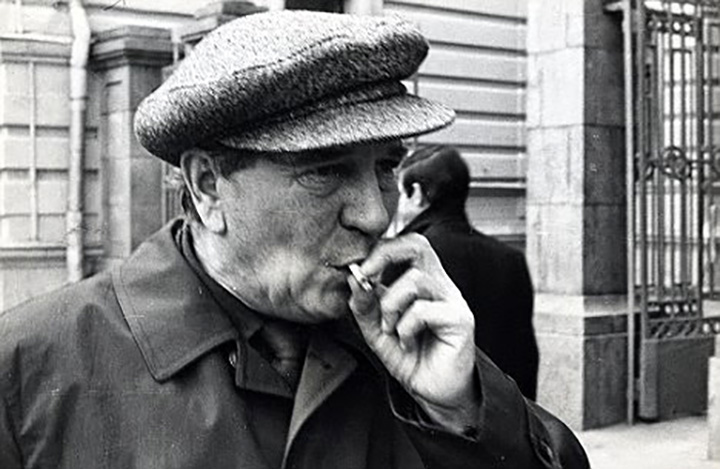The communist dream inspired its believers with visions of human emancipation. Yet in nearly every case, from the Soviet Union to China, Hungary, North Korea, and East Germany, it led to rise of dictatorships which violated these principles. It also led to the deaths of millions of people. How can we account for this perversion of the communist dream and for the fact that many true-believers were willing to participate in these atrocities?
15. Monday, February 29
The Roots of Terror: Part 1
We begin this section of the course be looking at the elites who were involved in sponsoring the terror, the inklings of which you have just witnessed Scott’s book.
Discussion: For today’s meeting, with Arthur Koestler’s book Darkness at Noon.

Our goal is dissect the personality of a quintessential Stalinist: Koestler’s protagonist, Rubashev. What is Rubashev like? What drives him? Is he a nice person?
- Arthur Koestler, Darkness at Noon: Read at least the first half of the book, if not more. In his meeting, I’d like to concentrate on the relationship between Rubashev and Ivanov.
- Archie Brown, Rise and Fall of Communism, chapter 7.
16. Wednesday, March 2
- Arthur Koestler, Darkness at Noon: Complete the book, if you have not already done so. In this meeting, I’d like to concentrate on the relationship between Rubashev and Gletkin.
MID-TERM BREAK
The Roots of Terror: Part 2
For the next four class meetings, we will address the theme of “why people do bad things.”
- In-class film about Stanley Milgram’s famous experiment in the psychology of obedience, entitled “Obedience”
-
BBC documentary on the Stanford Prison Experiment: WATCH
Maria Konnikova, “The Real Lesson of the Stanford Prison Experiment” READ
18. Monday, March 16
Discussion: The Authoritarian Personality. How do distinctive individuals, like Mao and Stalin manipulate those around them? What are these leaders like as human beings? We will concentrate on the “narcissistic personality disorder.” We will also engage in some role-playing.
- Handouts on the Narcissistic Personality Disorder
- Selection from Li Zhisui, The Private Life of Chairman Mao (Handout) READ
- Ann Applebaum, “Understanding Stalin” (handout) READ
19. Monday, March 21
Film: “The Inner Circle”
We will meet at the Nanovic Institute during class time to see the first half of the film. To view the rest of the film, we will then meet at my home for dinner. Pizza on me!
At 6:30 pm, 17633 Hansom Court, 46635. Tel: 574.273.2555
19. Wednesday, March 23
Discussion: We examine one of the greatest human disasters of the twentieth century: Mao Zedong’s Great Leap Forward.
Please be prepared to discuss different explanations for this tragedy. I can see at least 5 contending explanations in our reading, maybe more.
- Yang Jisheng, Tombstone (selections), a handout: READ
- VIDEO: “Great Leap Forward Summary”: WATCH
- Archie Brown, Rise and Fall of Communism, chapter 17. Make sure to read the entire chapter, including the section on the Great Proletarian Cultural Revolution, another human-made disaster.
20. Monday, March 28
ND students off
Go to “Endurance” to find the next section of our seminar.
I will post your second essay assignment sometime this week.